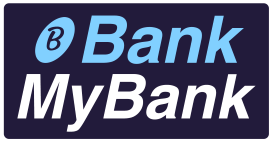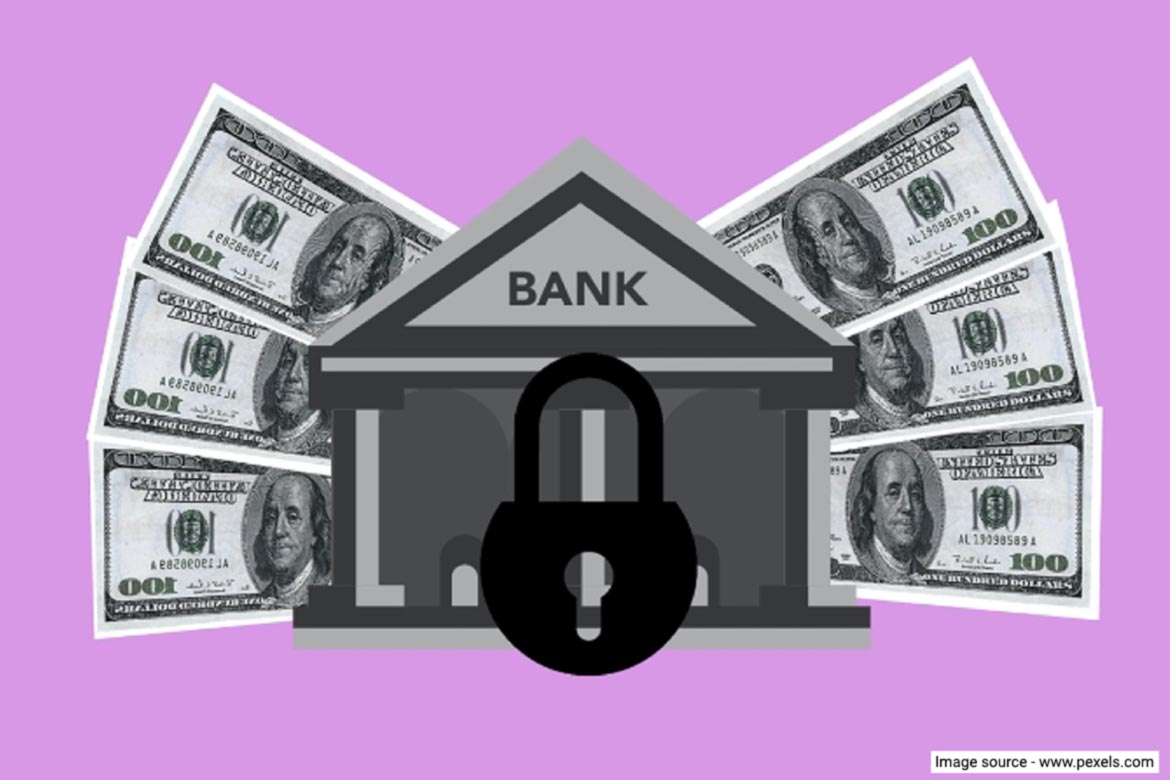A Demand Deposit: What Is It?
A bank account known as a demand deposit account (DDA) enables unauthorized withdrawals of funds at any time. DDA accounts can choose to pay interest on the money placed in them; this is not a requirement. Savings and checking accounts are the two most prevalent DDA types.
How Demand Deposits Work
It would be difficult to obtain cash or conduct routine business if depositors had to notify their banks in advance of any withdrawals. Demand deposit accounts are designed to deliver quick cash—the money consumers require to make purchases or pay their debts.
The account’s assets can be accessed whenever you want, without giving the institution a heads-up. As long as the account has the necessary amount, the institution is required to release it to the account holder. The account holder can simply walk up to the teller, the ATM, or—more and more—go online and withdraw the required amount. Due to the fact that the funds are accessible “on demand,” this type of account is known as a “demand deposit.”
Unlike investment accounts, which are primarily provided by brokerages and financial services companies, demand deposit accounts are typically provided by banks and credit unions. Even though the money may be in highly liquid assets, the account holder must still let the institution know that they want to withdraw money. Depending on the asset, it can take a day or two for the investments to be sold for the money to become available.
As a withdrawal from an account to pay for a good or service, “DDA” can also stand for direct debit authorization. It happens when you make a debit card purchase. The money is immediately accessible and pulled from the associated account for your usage, but the basic idea is the same.
Read More: What Exactly Are Arrears and How Do They Work?
Special Considerations
Demand deposit accounts (DDAs) could have joint proprietors. While starting the account, both owners must sign; however, only one owner needs to sign when terminating the account. Without the other owner’s consent, either owner may deposit or withdraw money and sign checks.
Demand deposit accounts have minimum balance requirements set by some banks. Every time an account’s balance falls below the necessary level, a fee is normally assessed. Yet, many banks these days don’t charge monthly fees or require minimum balances.
Demand Deposit Account Types (DDAs)
Although they can also incorporate savings accounts, DDAs are typically checking accounts. Money market accounts (MMAs) fall into the following categories: Several financial authorities categorize them as DDAs, whereas others do not.
Demand deposit accounts in the United States totaled $4.98 trillion as of May 2022; this figure is known as the total demand deposits component of M1. This contrasts with $733 billion and $1.4 trillion, respectively, five and ten years ago.
The conditions for demand deposits
There are no restrictions on withdrawals or transfers, there is no specified maturity or lockup time, money is available immediately, and there are no qualifying conditions.
It is left to each institution to decide how much interest is paid on the DDA and how much interest is paid. Banks used to be unable to pay interest on specific demand deposit accounts. For instance, the Federal Reserve Board’s Regulation Q (Req Q), which was passed in 1933, expressly forbade banks from paying interest on deposits made into checking accounts.
By using checking accounts with a temporary holding period on funds, known as negotiable order of withdrawal (NOW) accounts, many banks were able to circumvent the requirement and continue to pay interest. In 2011, Reg Q was revoked.
Despite this, DDAs typically pay either very little or no interest (as is frequently the case with checking accounts, Reg Q’s repeal aside). For managing the account, they may also charge a variety of fees.
Term Deposit versus Demand Deposit
Banks and credit unions provide two different types of financial accounts: demand deposit accounts and term deposit accounts. Yet, they vary in terms of availability or liquidity as well as the rate of interest that may be paid on deposited funds.
In general, a DDA permits access to funds at any time, whereas a term deposit account, often called a time deposit account, restricts access to funds for a set period of time. Without incurring a financial penalty, funds cannot be removed from a term deposit account until the end of that period, and withdrawals frequently necessitate written notification in advance.
The Certificate of Deposit is the most popular type of term deposit account (CD). You purchase the CD for a predetermined amount of time—say, a particular number of months or years—and typically don’t use it until that time has passed. It is kept in a particular account where it accrues interest at a set rate.
The second key factor separating demand deposits from term deposits is interest. Interest rates on term deposits are often higher than DDAs and significantly nearer to current market rates. Basically, it is the trade-off: Your money yields less in a DDA in exchange for the flexibility to access your money whenever you need it. The time deposit compensates for its lack of liquidity by paying more.
What part do money market accounts (MMAs) play in this scenario? They are a mix. They typically pay market interest rates and let account holders deposit and withdraw money whenever they want (it fluctuates). They may not, however, be as on-demand as standard demand deposit accounts. With MMA accounts, certain banks may have monthly withdrawals or other transaction limits. If the limit is exceeded, fees might be charged.
Read More: Mahindra Scorpio N Prices Increased by Over Rs. 1 Lakh – Full Details
What does DDA mean on a bank statement?
DDA stands for “demand deposit account,” which denotes that the money in the account (often a checking or ordinary savings account) is available right away, or “on demand.” DDA can also stand for “direct debit authorization,” which refers to a transaction that directly deducts money from the account, such as a transfer, cash withdrawal, bill payment, or purchase.
A Consumer DDA Account: What Is It?
Demand deposit accounts are called consumer DDAs. You can withdraw money from such an account without informing the banking institution in advance.
What Distinguishes Time Deposits from Demand Deposits?
Demand deposits are sums of money that the account holder can withdraw immediately, like money from a checking account. Time deposits or term deposits, like certificates of deposit (CDs), are locked for a set period of time.
What Benefits Do Demand Deposit Accounts Offer?
Funds are always accessible with demand deposit accounts. Without giving the bank notice, incurring a penalty, or paying any fees, you can take the money at any moment and use it to pay for something (with a debit card or online transfer) or withdraw cash. For acquiring cash or moving money to another account or another person, they provide the highest convenience.
conclusion
Demand deposit accounts, which are provided by banks and credit unions, let you deposit money and withdraw it whenever you want, or “on demand.” Before allowing you access to the cash, the financial institution is not permitted to impose a fee or require prior authorization. Perfect for routine or everyday use. The typical form of a DDA is a checking or savings account.
DDAs’ primary flaw is that they provide little or no interest on the money invested in them. You pay that as a price for the funds’ ready access.





